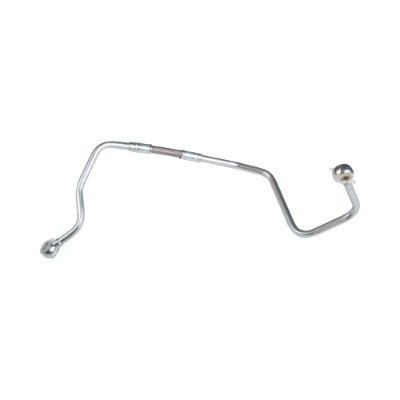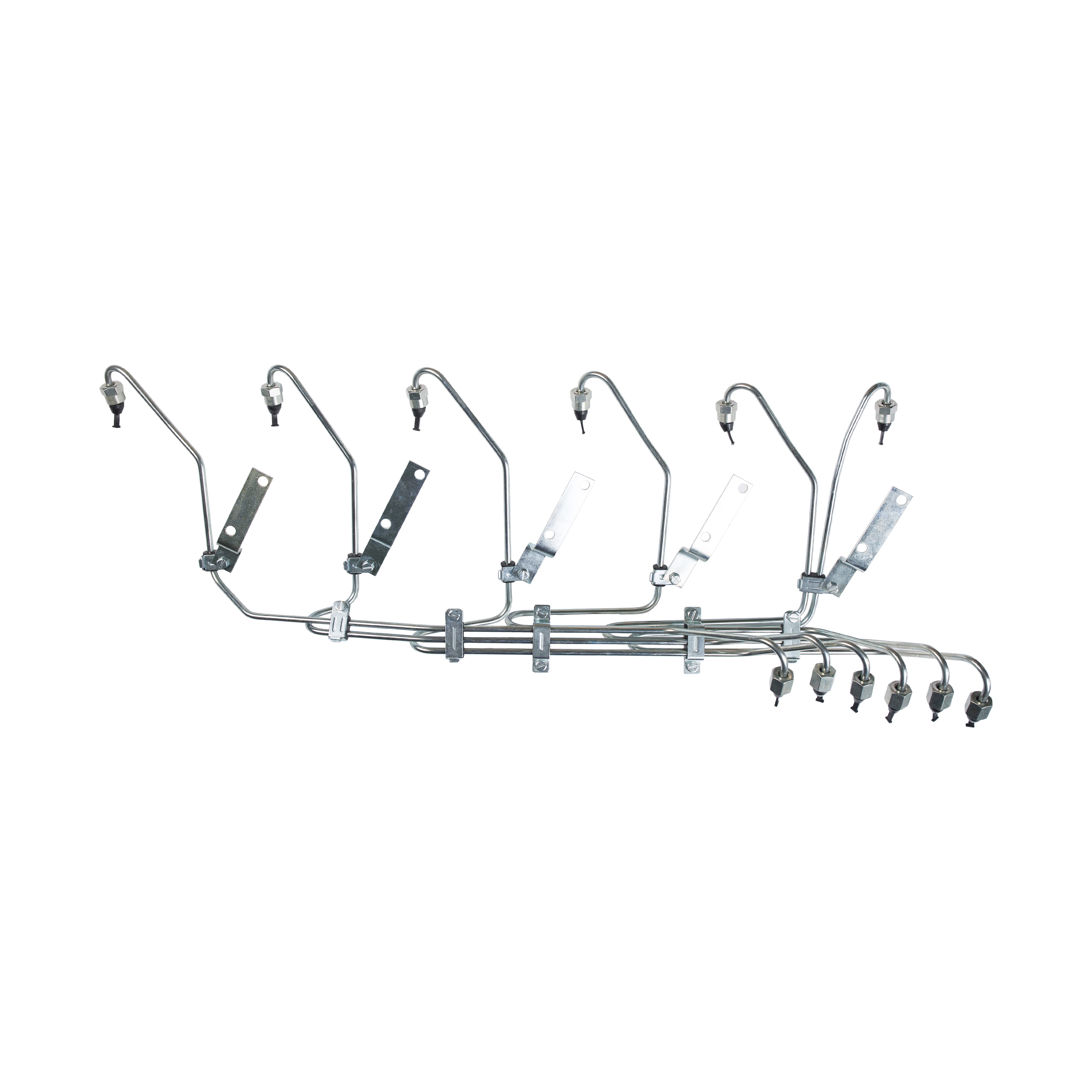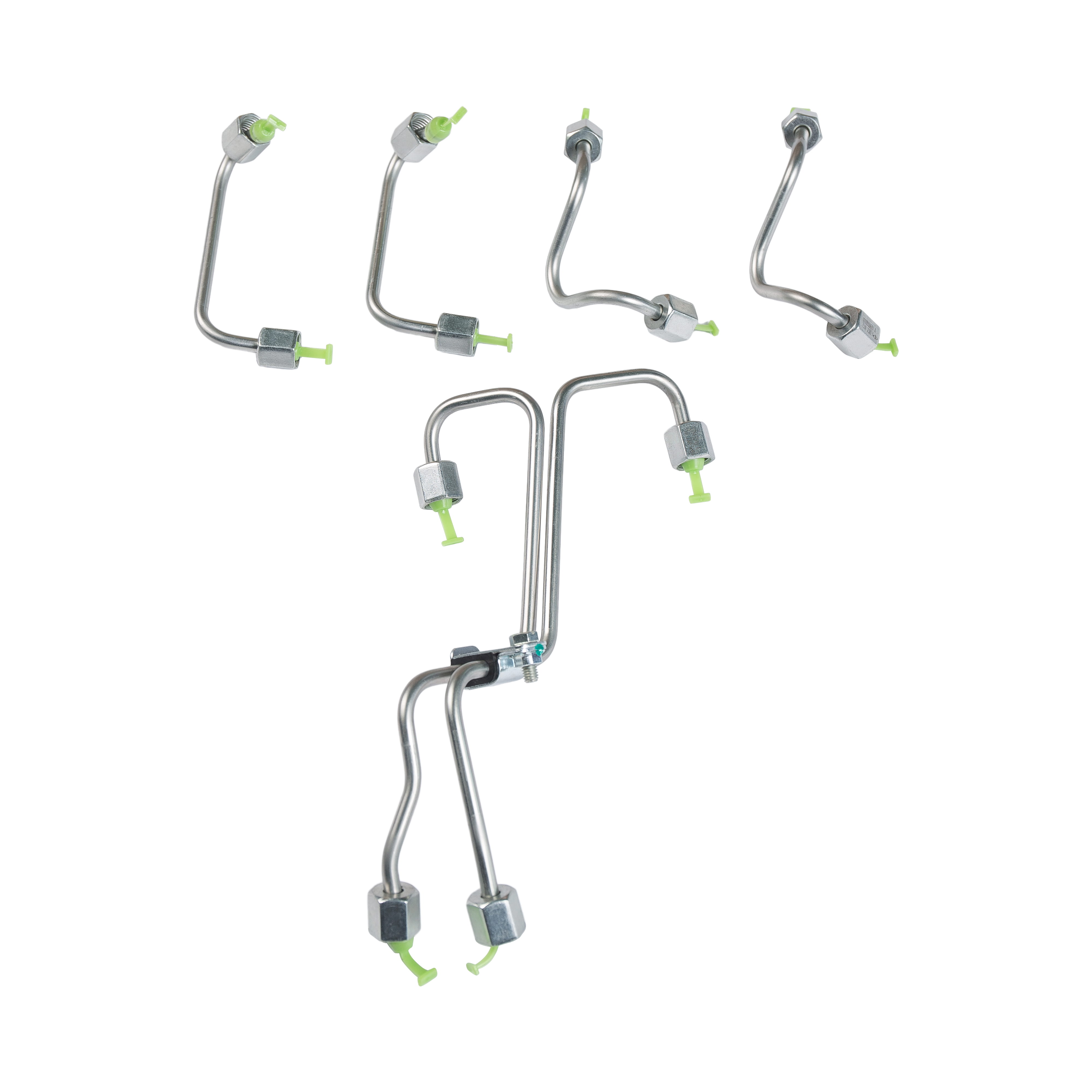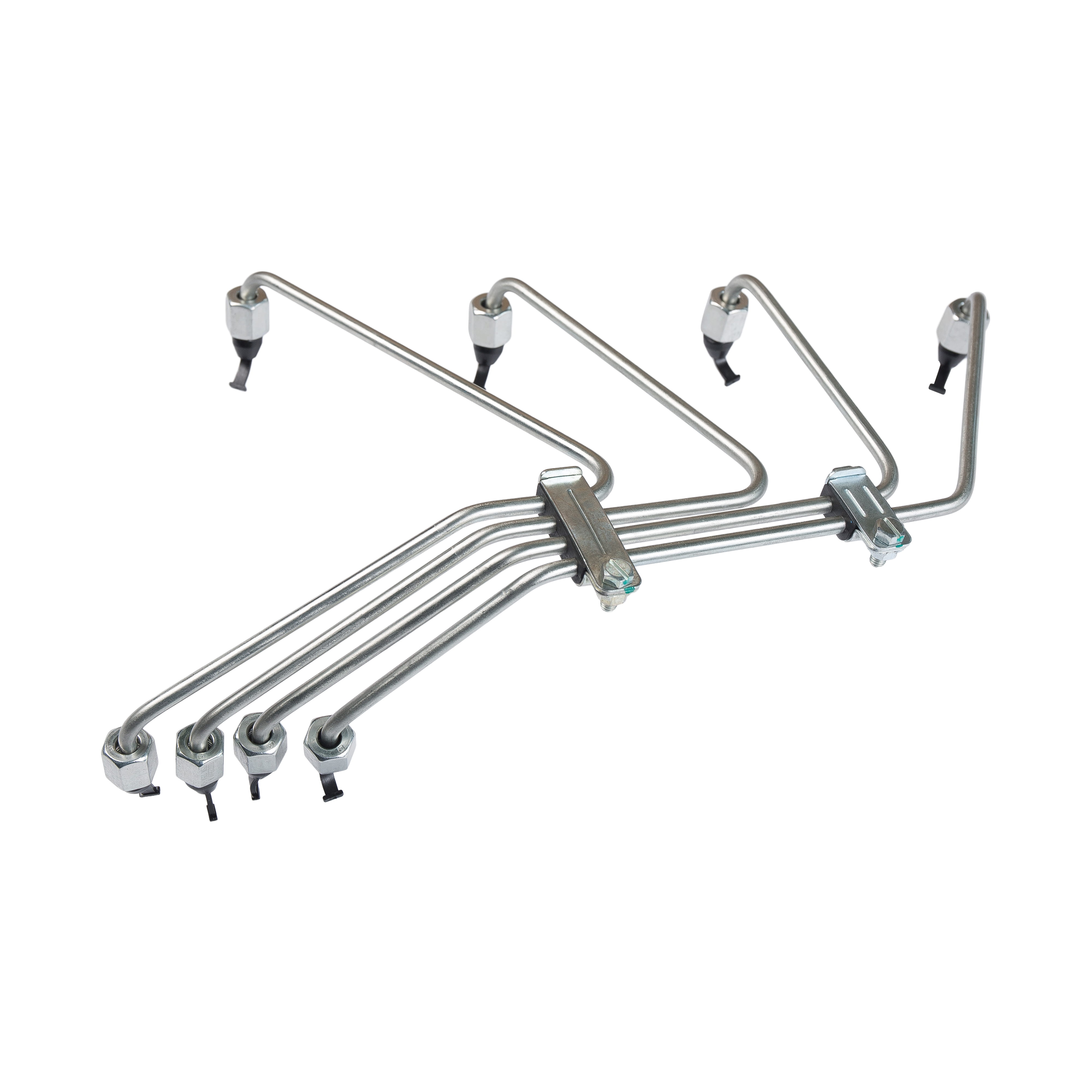Polytetrafluoroethylene (PTFE) pipes are widely known for their excellent chemical resistance, non-stick properties, and high thermal tolerance. These pipes are used across industries like chemical processing, pharmaceuticals, electronics, and food production. However, to ensure the longevity and optimal performance of PTFE pipe series, proper storage and maintenance are essential. In this article, we will discuss key guidelines and best practices for storing and maintaining PTFE pipes.
1. Why Proper Storage Matters
PTFE pipes, although highly durable, can be compromised by improper storage methods. Excessive UV exposure, physical deformation, contamination, and mechanical stress can lead to surface damage, cracking, or performance degradation. Proper storage protects the integrity of the material and reduces the risk of premature failure.
2. Ideal Storage Environment
Temperature Control
PTFE pipes should be stored in a dry, well-ventilated environment with controlled room temperature (ideally between 15°C and 30°C). Extreme temperatures, especially prolonged exposure to heat above 50°C or cold below -20°C, can cause material fatigue or brittleness over time.
Humidity and Moisture
Although PTFE is non-hygroscopic (does not absorb water), storing it in high-humidity environments can encourage mold growth on packaging materials or cause contamination from external sources. Keep the storage area dry and free from condensation.
UV and Sunlight Exposure
PTFE is resistant to many forms of degradation, but direct UV exposure over long periods may lead to discoloration or surface chalking. Always store PTFE pipes away from direct sunlight or UV lamps. Use opaque covers or store them in closed containers if needed.
3. Storage Guidelines
Support and Positioning
Store PTFE pipes horizontally on flat surfaces or on properly designed racks to prevent sagging, bending, or oval deformation. Avoid stacking them vertically unless securely supported. For long pipes, place support at regular intervals (at least every 1 to 1.5 meters) to prevent deflection.
Avoid Heavy Loads
Do not place heavy items on top of stored PTFE pipes. Excessive weight can cause warping or flattening, especially for thin-walled or coiled pipes.
Protect from Contamination
Keep the pipes in their original packaging until ready for use. If removed, wrap them in clean, anti-static plastic sheets or bags to prevent dust, oils, or chemical exposure. Avoid contact with sharp objects or abrasive surfaces that may scratch or dent the surface.
Labeling and Organization
Clearly label different pipe sizes, thicknesses, and grades to prevent confusion during installation. Store different types separately (e.g., reinforced vs. non-reinforced PTFE pipes) to avoid mix-ups.
4. Maintenance Best Practices
Even though PTFE pipes are low-maintenance by design, periodic checks and preventive actions help extend their service life.
Regular Visual Inspections
Check for signs of wear, such as surface scratches, discoloration, or deformation. Although minor visual changes may not affect performance, they could be early signs of material fatigue or improper handling.
Cleaning Procedures
If cleaning is necessary before installation or during maintenance:
Use warm water and mild detergents.
Avoid using abrasive pads or steel wool.
Use lint-free, soft cloths or non-metallic brushes.
For chemical residue, refer to the manufacturer’s cleaning guidelines.
Check for Leaks and Joints
In systems using PTFE pipes with fittings or joints, regularly inspect for leaks, especially under high pressure or temperature. Replace gaskets or seals if needed, and ensure clamps or connectors are not overtightened, as PTFE can be crushed under excessive force.
Avoid Over-Bending
PTFE pipes have a defined minimum bend radius. Never bend a PTFE pipe beyond its tolerance range. Over-bending can cause micro-cracks, flow restriction, or even rupture during operation.
5. Long-Term Storage Tips
If PTFE pipes are to be stored for extended periods (6 months or more), consider the following:
Store in a sealed container or cabinet.
Add silica gel packs to absorb any residual moisture.
Periodically inspect and rotate the inventory to use older stock first (FIFO method).
Ensure documentation (e.g., batch number, date of manufacture) is recorded for traceability.
6. Transportation Precautions
When transporting PTFE pipes to other facilities or worksites:
Use cushioned supports and straps that won’t cut into or crush the material.
Avoid stacking heavy materials on top during transit.
Cover the pipes to protect from dust, water, or mechanical damage.PTFE pipe series offer exceptional performance, but like any high-quality industrial material, they require thoughtful storage and maintenance practices to preserve their integrity. By maintaining a clean, controlled storage environment and performing regular inspections, you can ensure your PTFE pipes remain in excellent condition, ready for long-term, reliable service in demanding applications.


 English
English Español
Español русский
русский












